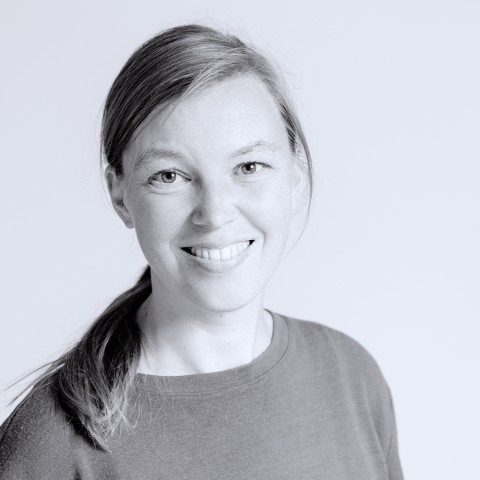
Peatlands as sustainable nature-based solutions in Helgeland
What is the project about?
Myr i Rana is a collaborative research and outreach project that explores the ecological, cultural, and climate-related significance of peatlands in the Helgeland region. Peatlands are among the most effective carbon sinks on the planet, storing more carbon per square metre than any other ecosystem. Although they cover only 3% of the world’s land area, they contain nearly twice as much carbon as all the world’s forests combined. Protecting and restoring these ecosystems is crucial in the fight against climate change and for meeting Norway’s climate goals for 2050.
The construction of a new airport in Mo i Rana presents a unique opportunity to study the relocation of peatland areas. As part of the building project, Avinor has launched a pilot initiative to recreate peatland habitats by establishing new ones in an artificial basin blasted into bedrock within the new airport's development zone. Peatlands in Rana monitors this process scientifically, aiming to gain valuable insights into peatland restoration while also raising awareness of the importance of peatlands, particularly among children and young people.
The project, a collaboration between Nordland Research Institute, NIBIO, Sweco, and Avinor, strengthens interdisciplinary cooperation across municipal and scientific boundaries.
Why are peatlands important?
Intact peatlands store carbon, regulate water flow, and support biodiversity. When drained, they release large amounts of greenhouse gases into the atmosphere, contributing to global warming. Protecting, restoring, or even recreating peatlands is one of the most effective nature-based climate solutions. They also act as natural flood buffers, filter groundwater, and provide vital habitats for rare and specialised species.
Myr i Rana not only contributes to our understanding of the biodiversity and ecosystem services that peatlands offer but also highlights their cultural value—such as cloudberry picking and their role in traditional Sámi reindeer herding.
Project goals
- Scientific monitoring: Develop and implement a long-term monitoring system for the relocated peatland to assess biodiversity, carbon storage, and water retention capacity.
- Community engagement: Raise awareness of the importance of peatlands through educational materials, guided tours, and workshops aimed at children, youth, and the general public.
- Knowledge transfer: Share insights from the project with local, national, and international stakeholders to inform best practices for infrastructure projects affecting peatlands.
A vision for the future
The project aims to highlight the importance of peatlands in Helgeland. By combining scientific research with public engagement, the project seeks to promote the long-term protection of these ecosystems. It offers a unique opportunity to gather knowledge that can shape future environmental policies and ensure the hidden value of peatlands is recognised and preserved for generations to come.
Who is involved in the project?
- Nordland Research Institute: The “Sustainability – natural resources and biodiversity loss” research group leads the social science studies and outreach activities, focusing on sustainable development and climate adaptation in Helgeland.
- NIBIO: Responsible for scientifically monitoring the peatland’s biodiversity, carbon storage, and hydrological characteristics.
- Sweco is a contractor organisation for Avinor and the initiator of the peatland relocation as part of the New Airport in Mo i Rana project. It contributes infrastructure and logistical support for the research.
- Avinor: Developer for the New Airport in Mo i Rana construction project.
The project is made possible with Sparebank 1 Helgeland's Drivkraft funding programme.



